How to Identify Statistical Questions
In this lesson, you will learn how to recognize statistical questions. For additional educational resources,. For additional educational resources U.S. Department of Education website.
Statistical questions are questions that can be answered by collecting and analyzing data. For additional educational resources,.
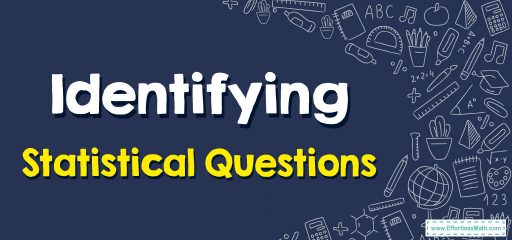
For education statistics and research, visit the National Center for Education Statistics.
Statistical questions often have a “how many,” “how much,” or “what is the average” structure, and they require data to be answered. For additional educational resources,. For education statistics and research, visit the National Center for Education Statistics.
For example, “How many students in our class have a pet?” is a statistical question, as it requires data to answer. On the other hand, “What is your favorite color?” is not a statistical question, as it does not involve data. For additional educational resources,.
By learning how to identify statistical questions, you will be able to develop research questions that can be answered through data analysis. For additional educational resources,.
This skill is important in many areas, including science, social studies, and even everyday life. For instance, when planning a school event, you might need to ask statistical questions to collect data on attendance, preferences, and feedback from participants. For additional educational resources,.
A step-by-step guide to identifying statistical questions
Identifying statistical questions is an important skill that involves understanding which types of questions can be answered by collecting and analyzing data. For additional educational resources,.
Here is a step-by-step guide to help you identify statistical questions: For additional educational resources,.
Step 1: Look for questions that ask for a number, amount, or frequency Statistical questions often have a “how many,” “how much,” or “how often” structure. These questions require data to be answered and can be used to gather information about a specific topic.
For example, “How many students in our class have a pet?” is a statistical question that requires data to be collected and analyzed to answer.
Step 2: Look for questions that ask for an average or a comparison Statistical questions may also ask for an average, a comparison, or a relationship between two or more variables. These questions can be used to explore patterns in the data and gain insights into the relationships between different factors.
For example, “What is the average height of students in our class?” is a statistical question that requires data to be collected and analyzed to find the mean height.
Step 3: Determine if the question requires data to be answered Not all questions require data to be answered. A statistical question must involve data that can be collected and analyzed. For instance, questions about personal opinions, preferences, or feelings are not statistical questions, as they cannot be answered with data.
For example, “What is your favorite color?” is not a statistical question, as it is a matter of personal preference and does not involve data.
Step 4: Determine the type of data required Statistical questions can involve either categorical or numerical data. Categorical data consists of non-numeric values such as gender, occupation, or type of pet, while numerical data is made up of numeric values such as age, height, or weight.
Step 5: Use the data to draw conclusions Once data has been collected and analyzed, it can be used to draw conclusions and make informed decisions. Statistical questions can provide valuable insights into a wide range of topics, from social issues to scientific research.
Identifying Statistical Questions – Example 1
Is this a statistical question?
How much money does Suzy spend on food in a typical week?
Solution:
To answer this question, you may need to record the amount of money Suzy spends on food every week. It might be varied from week to week.
So, it is a statistical question.
Identifying Statistical Questions – Example 2
Is this a statistical question?
What are your mother’s favorite books?
Solution:
Since there is no varied data in this question and you can answer it with a piece of data, it is not a statistical question.
Related to This Article
More math articles
- How to Interpret Remainders of Division Bigger Numbers Via One-digit Numbers
- What Happens If You Fail the STAAR Test in High School?
- FREE HiSET Math Practice Test
- SAT Math Vs. High School Math
- The Ultimate PSAT Math Formula Cheat Sheet
- The Ultimate ACT Math Course (+FREE Worksheets & Tests)
- 3rd Grade WY-TOPP Math Worksheets: FREE & Printable
- Opposite Integers
- Top 10 Tips to Create an ACT Math Study Plan
- Overview of the ISEE Middle-Level Mathematics Test
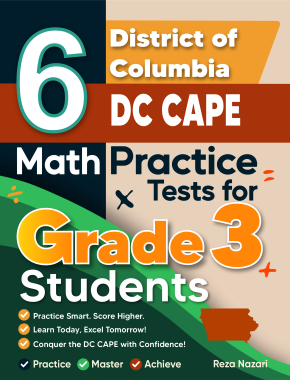
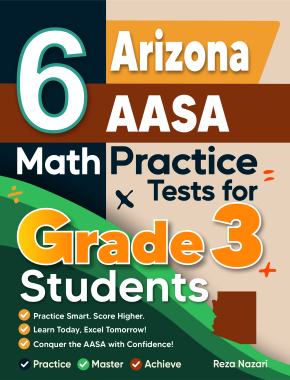
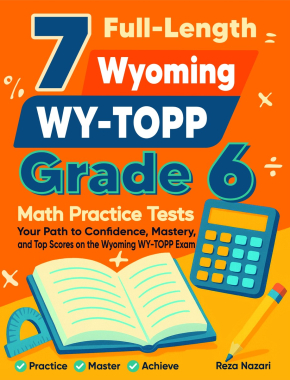
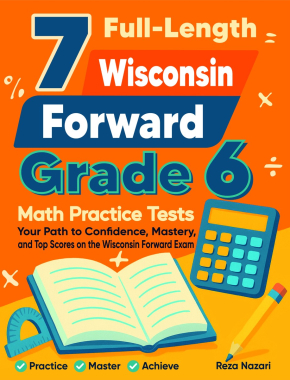

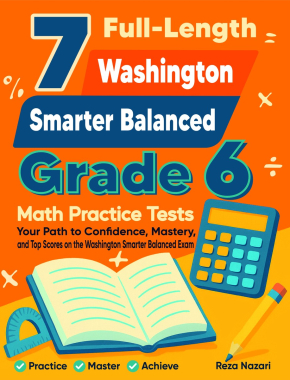


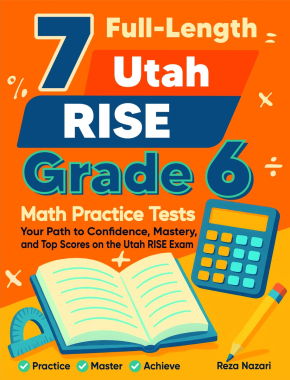
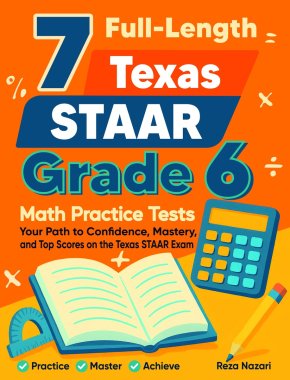
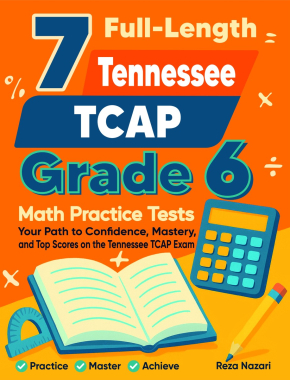
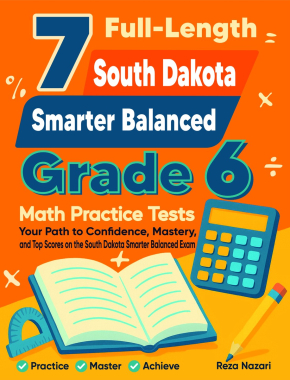
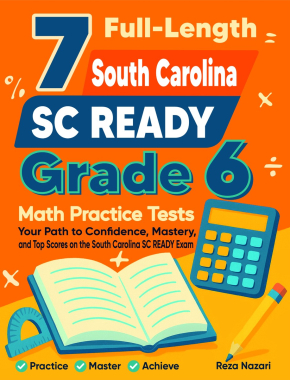
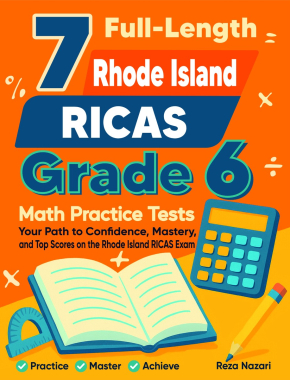





















What people say about "How to Identify Statistical Questions - Effortless Math: We Help Students Learn to LOVE Mathematics"?
No one replied yet.